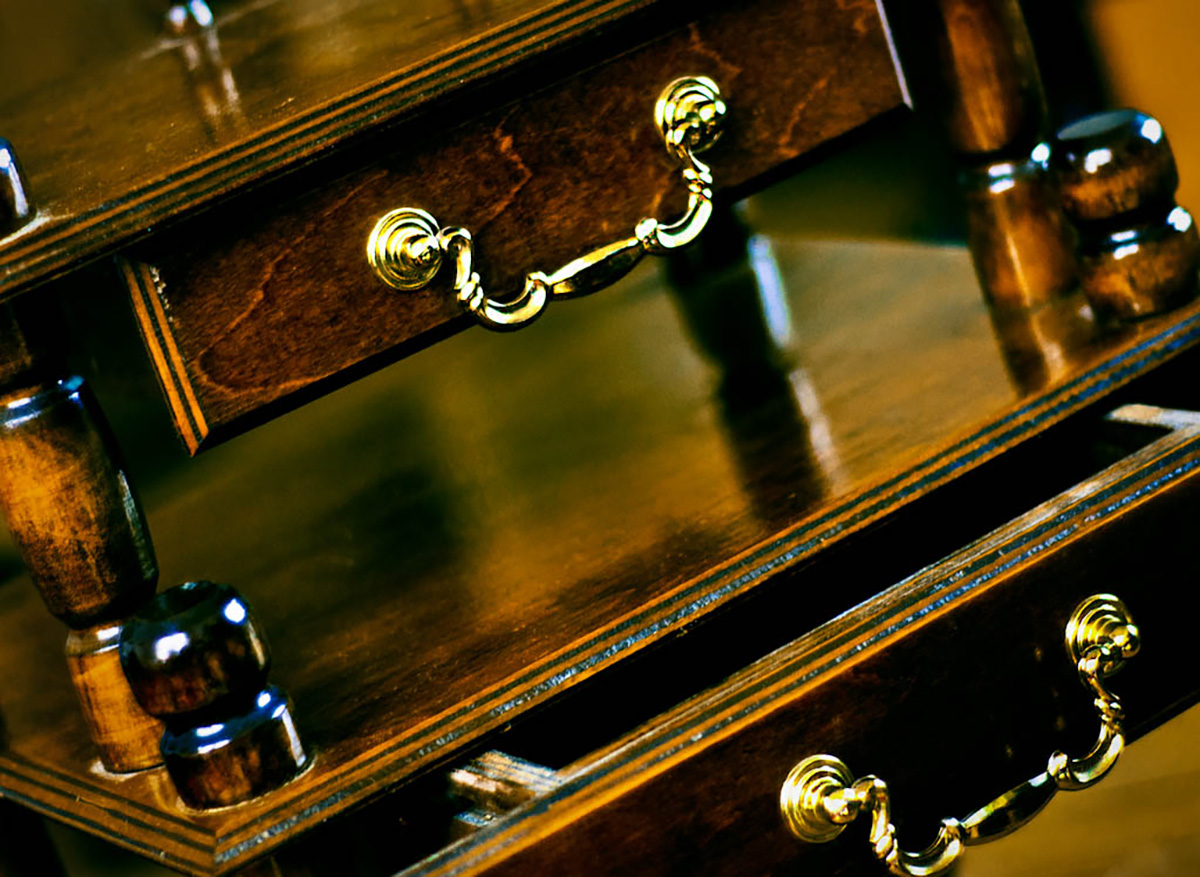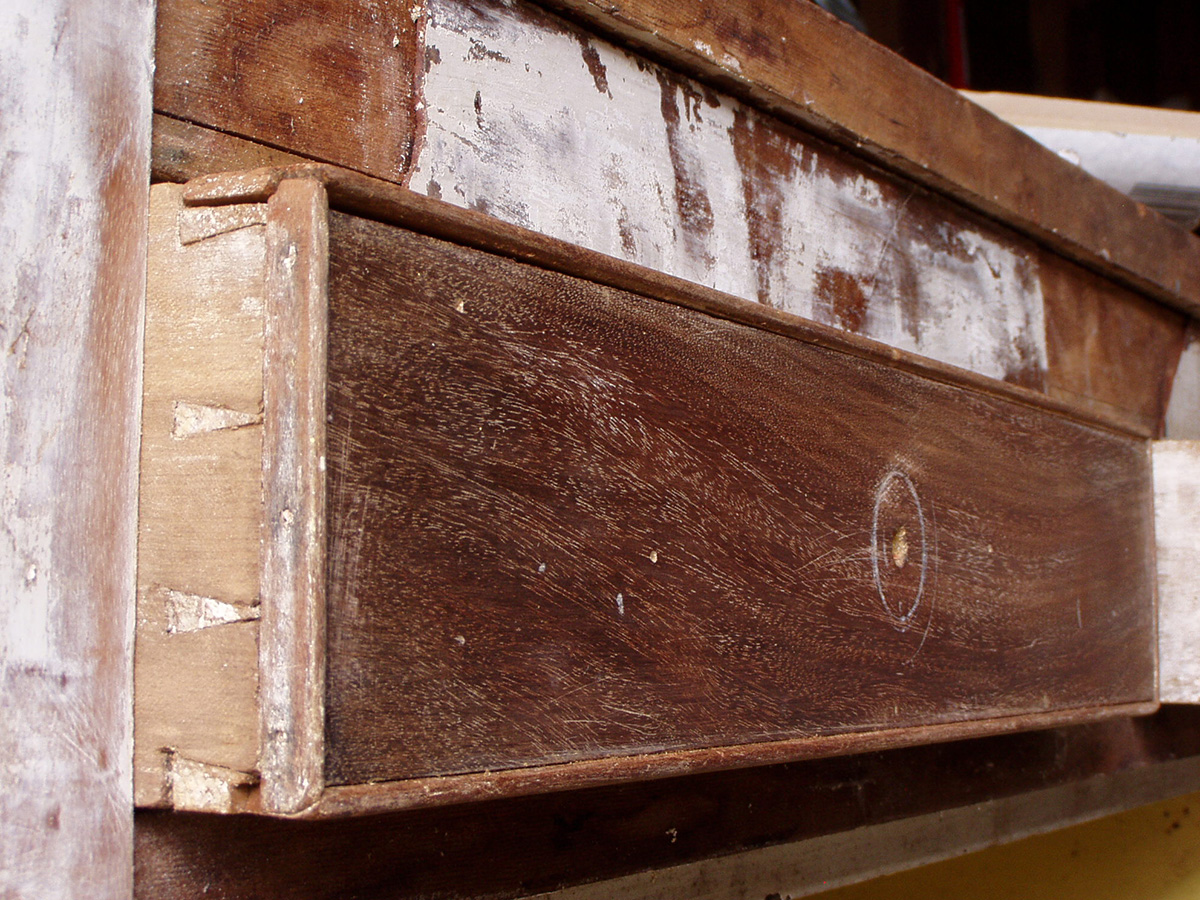Five Ways to Tell If Furniture Is Actually Antique

Photo by Tekke on Flickr/Creative Commons
New England’s wealth of antique shops and flea markets makes searching for vintage furniture a breeze. From a Chippendale sideboard to an Eames chair, an authentic antique piece adds invaluable charm to a room.
But often in dimly-lit flea markets or in shops where the amount of furniture is a little overwhelming, it’s easy to accidentally buy an antique reproduction. Have no fear, for we’ve compiled five surefire ways to guard your home from fakes. And with the Brimfield Antique Show coming up in May, it’s a good time to brush up on your antique-hunting skills.
1. Look for dovetailing.
Dovetailing is a sign of quality craftsmanship in woodworking, used to hold together different parts of the same piece of furniture. Found in the sides of drawers, cabinets, and other pieces, dovetail joints have been employed in furniture for centuries. Once you spot dovetailing on a piece, be wary if the lines and edges are perfectly straight. Irregularly-shaped joints reveal work done by hand. Perfect dovetails were probably cut by a machine—meaning the furniture may not be antique.

Dovetail detail photo by Jabenaki on Flickr/Creative Commons
2. Multiple types of wood is a good thing.
It’s unlikely that real antique furniture is made with the same type of wood throughout. Years ago, it didn’t make sense to use valuable wood in places where no one would see it. Check the bottoms of chairs and drawers to look for different wood types. If it’s the same as the rest of the piece, it’s probably a reproduction.
3. Beware of furniture that’s made to look old.
Don’t be fooled by faux furniture that’s surrounded by the real stuff. This many seem like a no-brainer, but watch out for pieces that are made to look old instead of actually being old. A good example is the shabby chic look—this type of distressed furniture is often sold in flea markets and antique stores, yet it’s far from vintage. Look for telltale signs of wear, like worn-down drawer runners and pockets of dirt in corners, to make sure you’re buying the real thing.
4. Do a thorough search for labels or stamps.
Letters and numbers are your best friends when it comes to antique furniture. Make sure to search for labels, stamps, or manufacturing tags that can tell when and where a piece was made. Furniture companies and makers often listed their names, locations, and year of production This information can be found on the inside of drawers, the backs of bureaus, and on the lower edges of pieces. It’s true that labels can also be faked, so look for signs of aging.
5. Shut out symmetry.
Much like how perfect-looking dovetail joints are a giveaway, perfect symmetry in furniture is a sure sign of being made by a machine. Handmade furniture, on the other hand, doesn’t have uniform construction—very small differences in size and shape will give this away. Plus, machine-cut pieces weren’t introduced until after the mid-1800s. Work done by hand is easy to spot in carved details. Irregularity is a good thing.


